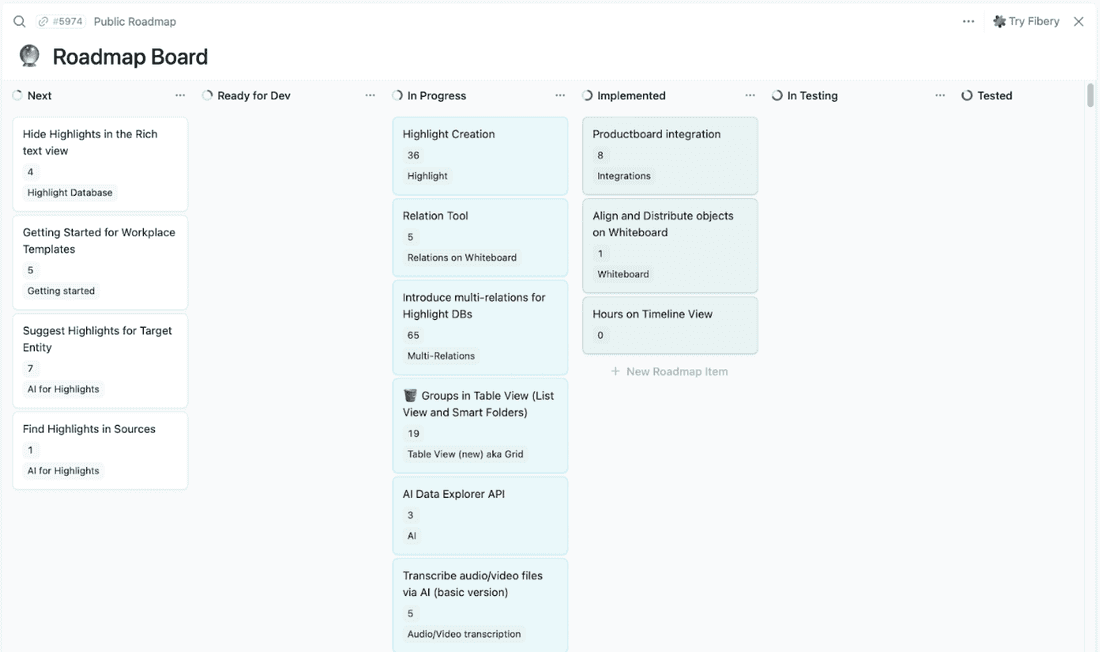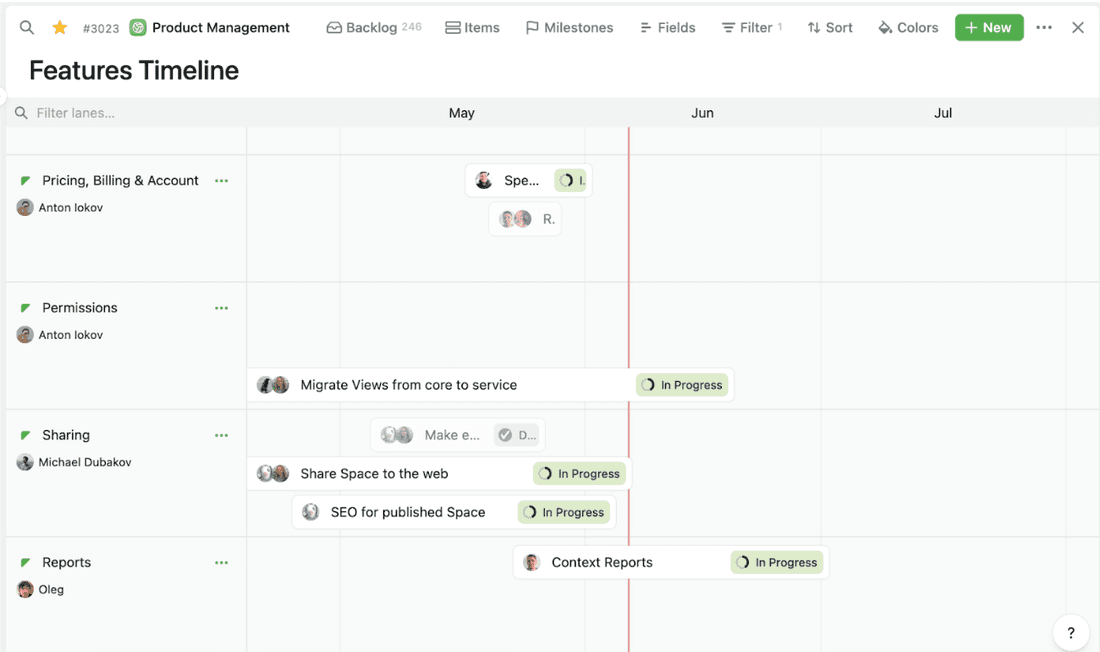Comparing Roadmap Vs Timeline Vs Deadline in Product Management
Any time you’re developing a new product, don’t forget there’s more to product management than just brainstorming innovative ideas. If you want your product to be all the rage, you’re going to need a roadmap, a timeline, and a couple of deadlines in place to meet.
Although it might sound like we’re pitting the three against each other in our header up there, you shouldn’t get too invested in the ‘vs.’ These components all work in unison to mold and shape your product journey without letting anything go off the rails. Rather than have your product life cycle function on wishful thinking, these three elements make sure your product execution is grounded in reality.
Here’s what we’ll explore in this post:
- The good ole’ definitions of what roadmap, timeline, and deadline really mean in the context of product management.
- The differences between roadmap vs timeline vs deadline.
- And the mystery of when to use what.
What is a Roadmap?

More than just a schedule (this is the timeline) or a finish line (that’s the deadline), the roadmap functions like a blueprint or an overarching document that outlines your product’s journey from ideation to market. You’ll find that it paints a general picture of where the product direction is taking you, with things like key objectives and desired outcomes integrated into the framework.
Let’s consider how a consumer goods company would use a roadmap to launch a new line of eco-friendly products. The roadmap would hone in on those high-level goals such as selecting sustainable materials, planning the product design, pinpointing eco trends to use, and working on their branding and positioning.
What is a Timeline?
The definition of a timeline is simple – it’s a schedule that shows you exactly when different stages or elements of a product development process will happen. While the roadmap takes care of those big-picture strategic goals, the timeline is more so about the sequence in which things will happen. Timelines exist so that every aspect of your product development process is coordinated and so nothing falls between the cracks.

For example, a company might have set periods assigned for certain aspects of a product, such as pricing or permissions. The phases are segmented into precise time slots on the timeline and can be further broken down by assignee or category for a more detailed approach.
What is a Deadline?
Deadlines are the ‘must be completed by’ dates for each task or the final date on which deliverables need to be provided. If a digital marketing agency is creating a website for a client, for instance, they’ll set deadlines to complete certain tasks in order for them to tackle the final boss of delivering the entire project.
These dates are non-negotiable – and rightly so, as they hold everyone accountable and keep the entire project in check.
Roadmap vs Timeline vs Deadline: The Key Differences
These terms appear pretty similar, given the fact that they all deal with organizing the product journey. They all seemingly have to do with a journey to an end goal, but they all play a different role in fostering that journey.
Big Picture vs Detail-Oriented vs Accountability
When we’re looking at the big picture, that’s the roadmap – a way to envision the overall direction and the whats and whys of the journey itself. It answers questions like “What are we looking to accomplish?” “Why are we doing this?” and “What actions are we going to take to get there?”
Then we’ve got the timeline, which focuses on breaking down the ‘when’ and ‘in what order’ parts of the product development process.
Finally, we have the deadlines, which don’t exactly span over a set amount of time like roadmaps and timelines do. They simply mark specific points in time, sort of like a built-in accountability system.
Purpose and Planning
It’s not just the level of granularity that sets these three terms apart – it’s also what they actually do in the planning process. All of these things serve to get everyone on the same page, whether they’re in marketing or software development. Together, they let people know, hey – these activities are happening at this time, by these people and have to be done by this date.
Separately, roadmaps align all stakeholders and parties on the general direction and purpose of the product. When those timelines come into play, you’ve got yourself a strategic plan where everyone knows what their tasks are and when to do them. Deadlines will then prevent tasks from stretching on and avoid delays in the project.
Scope and Complexity
Roadmaps are broad, but they’re also the most complex of the bunch. It’ll display all the complex strategies that will take place, the interconnected stages of a product’s life cycle, and any long-term plans. Timelines cover all the stages within the life cycle – the more short-term and individual stages that go on. They essentially break bigger goals down into concrete steps. Mashing things down even further are deadlines, the little singular tasks that happen within those stages.
When to Use What
The golden rule? Use all three. But when to use each is a different story. The best way to understand when to use each component is to look at it as a sequence. We’ll illustrate with a wearable tech company planning to launch a fitness tracker.
Every product journey should start with a roadmap. For that tech company, it’s the best first course of action where they’re getting all their ideas down on paper and visualizing how they’re going to turn a brilliant idea into a brilliant product.
Once everyone is aligned and happy with the roadmap (for now, as tweaks may happen), it’s time to figure out when each step will occur and how much time to allocate to each. This timeline will help everyone execute their tasks when required, whether it’s design approval, prototype creation, or testing. And, of course, deadlines need to be set for every stage along the timeline – the finishing touches that keep the project moving forward.
The PM’s Hot Take
The roadmap vs timeline vs deadline debate is often a part of the product development process that everyone looks at all wrong. Any time I talk to teams and stakeholders about these components of the planning process, I like to compare them to a relay race. Each component carries the baton (product) forward in its own leg of the race so that it eventually crosses the finish line effectively, in perfect synchrony.
Conclusion
The trio of roadmap, timelines, and deadlines are each important and distinct but are designed to work in harmony together. Fibery is all about harmony, combining all the elements of product management together into a user-friendly and integrative platform. With Fibery, you can handle your documents, task management, and diagrams in one space – try our platform with a 14-day free trial.
Loved this and want to stuff your brain with more PM knowledge? Check out more interesting stuff on our product management blog.
Psst... Wanna try Fibery? 👀
Infinitely flexible product discovery & development platform.